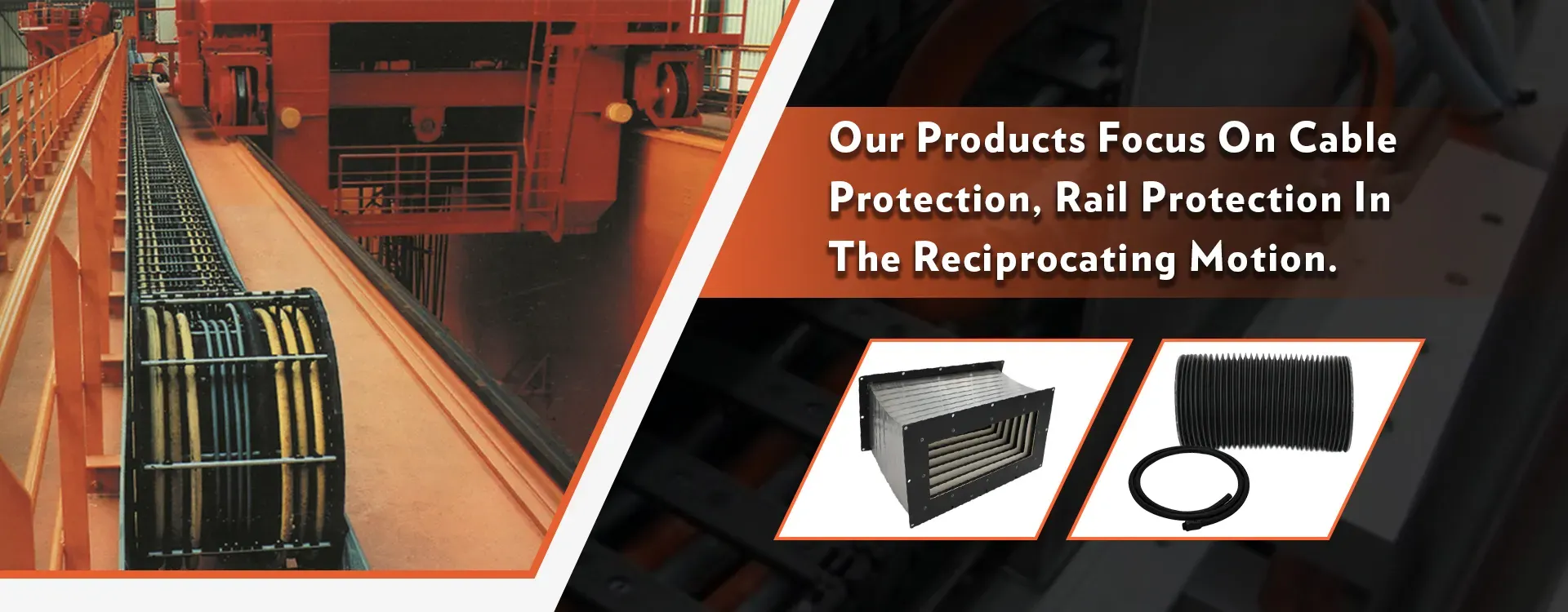Innovative Solutions for Efficient Cable Management and Carrier Systems
The Importance of Cable Carriers in Modern Industries
Cable carriers, also known as cable tracks or chain cable carriers, play an essential role in various industries, providing effective solutions for the management and protection of cables and hoses. These carriers are particularly vital in settings where movement is constant, ensuring that cables remain organized, functional, and safe from wear and tear. In this article, we will explore the significance of cable carriers and their applications in modern industries.
What are Cable Carriers?
Cable carriers are flexible structures that guide and protect cables and hoses during movement. Typically made from robust materials like plastic or metal, these carriers consist of linked modules forming a continuous chain. This design allows them to bend around corners and navigate through complex pathways while ensuring cables remain tangle-free and securely housed.
Key Benefits of Cable Carriers
1. Protection of Cables and Hoses One of the primary functions of a cable carrier is to protect cables from mechanical damage caused by repetitive motion, abrasion, and environmental factors. By enveloping cables within a dedicated housing, the risk of fraying or breaking is significantly reduced.
2. Organization and Aesthetics Cable carriers help maintain an organized workspace. By providing a structured path for cables and hoses, they prevent tangling and clutter, contributing to a smoother workflow. An organized space is not only more aesthetically pleasing but also enhances safety and productivity.
3. Enhanced Mobility In dynamic environments, such as manufacturing plants and robotics, machinery often moves quickly and frequently. Cable carriers are designed to flex and move seamlessly with machinery, preventing undue stress on either the cables or the equipment. This flexibility enhances overall efficiency and reduces maintenance needs.
cable carrier

4. Durability and Longevity By using high-quality materials, cable carriers are built to endure harsh conditions. Many are resistant to chemicals, UV radiation, and extreme temperatures, making them suitable for outdoor or industrial applications. This durability extends the lifespan of the cables housed within them, thereby minimizing replacement costs.
Applications of Cable Carriers
1. Manufacturing and Automation In manufacturing plants, cable carriers are essential for robotics and conveyor systems. As robotic arms move and articulate, the carriers ensure that the cables that control their operations remain in good condition.
2. Cranes and Elevators In the construction industry, cranes rely on cable carriers to manage the various cables and hoses that control their movements. Similarly, elevators utilize cable carriers to maintain the alignment and protection of piping and electrical lines.
3. Automotive Industry In automotive assembly lines, cable carriers play a crucial role in guiding the wiring and hoses of assembly robots. Their ability to withstand repetitive motion and harsh conditions makes them an obvious choice for this sector.
4. Renewable Energy The wind energy sector benefits from cable carriers to protect the wiring in wind turbines, ensuring that power transfer systems remain operational despite the harsh climate and movement.
Conclusion
Cable carriers are an indispensable part of modern industries, offering crucial protection and management for cables and hoses in dynamic environments. Their ability to enhance efficiency, promote organization, and extend the lifespan of wiring makes them an investment worth considering for any business that relies on complex machinery or extensive networking. As industries continue to evolve and embrace new technologies, the role of cable carriers will undoubtedly grow, adapting to meet the needs of tomorrow’s automated and interconnected landscapes. Whether in manufacturing, construction, or renewable energy, cables and hoses are vital, and cable carriers are the unsung heroes that keep them moving smoothly.








